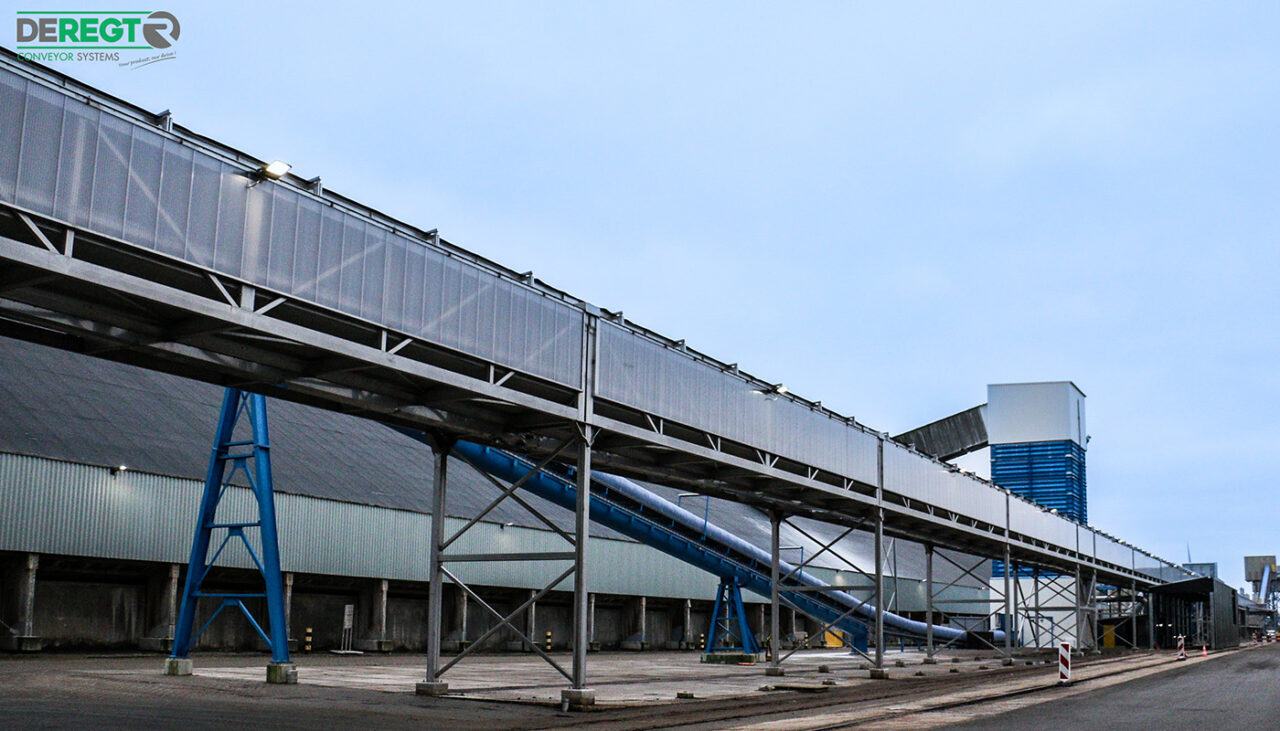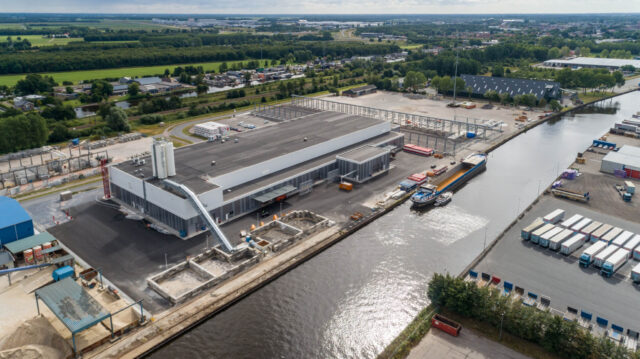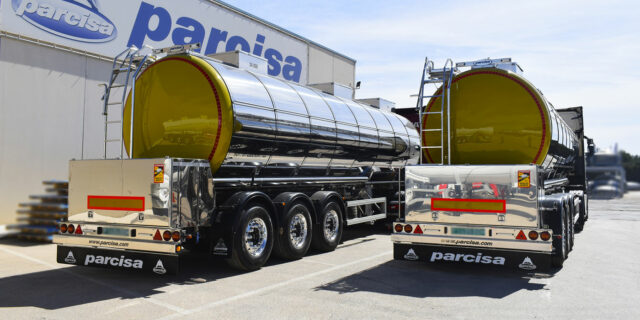De Regt, a company specializing in developing and constructing internal transport systems and storage facilities, designed and constructed a conveyor system project from STALATUBE high-strength stainless steel tubes for Verbrugge Terminals B.V. The project required hollow sections with specific strength due to the 18-meter free span of the structures. De Regt designed, fabricated, welded, and installed the conveyor system. They chose high-strength stainless steel due to its strength, lightweight, 18-meter special lengths, corrosion resistance, and needed just-in-time delivery. The demanding project met the customer’s and the end customer’s requirements.
More strength and length options with STALATUBE
De Regt recently undertook a project involving the construction of a 350-meter-long closed frame construction with multiple conveyor belts inside. The project was commissioned by Verbrugge Terminals B.V. The Verbrugge terminal, situated at the harbour in Terneuzen, the Netherlands, serves to transport and store artificial materials, including fertilizers like ammonium sulphate and soda. The need for a new conveyor system arose when the old system, made from mild steel, reached the end of its lifespan.
The project posed challenges because the chosen material had to be strong, lightweight, and corrosion-resistant. Additionally, the designers aimed to reuse the of the old concrete foundations. In their design, they needed to connect the frame sections with an 18-meter base span.
While our standard tube length is 6 meters, we accepted the challenge when the customer requested 18-meter tubes for their project. Our production, research, and logistics teams collaborated with De Regt’s engineers to achieve the best possible outcome for this project.
Stalatube’s Area Sales Manager Mike Hing
De Regt opted for high-strength stainless steel due to its durability, elongation properties (compared to mild steel), and resistance to corrosion. Initially considering concrete, wood, and steel, the benefits of high-strength stainless steel became a focal point of discussion.
In such an aggressive environment, corrosion resistance is crucial.
De Regt’s Project Manager Paz Boekhout
De Regt conducted several corrosion and welding tests since the different stainless steel grades would be used in the project.
Mike Hing
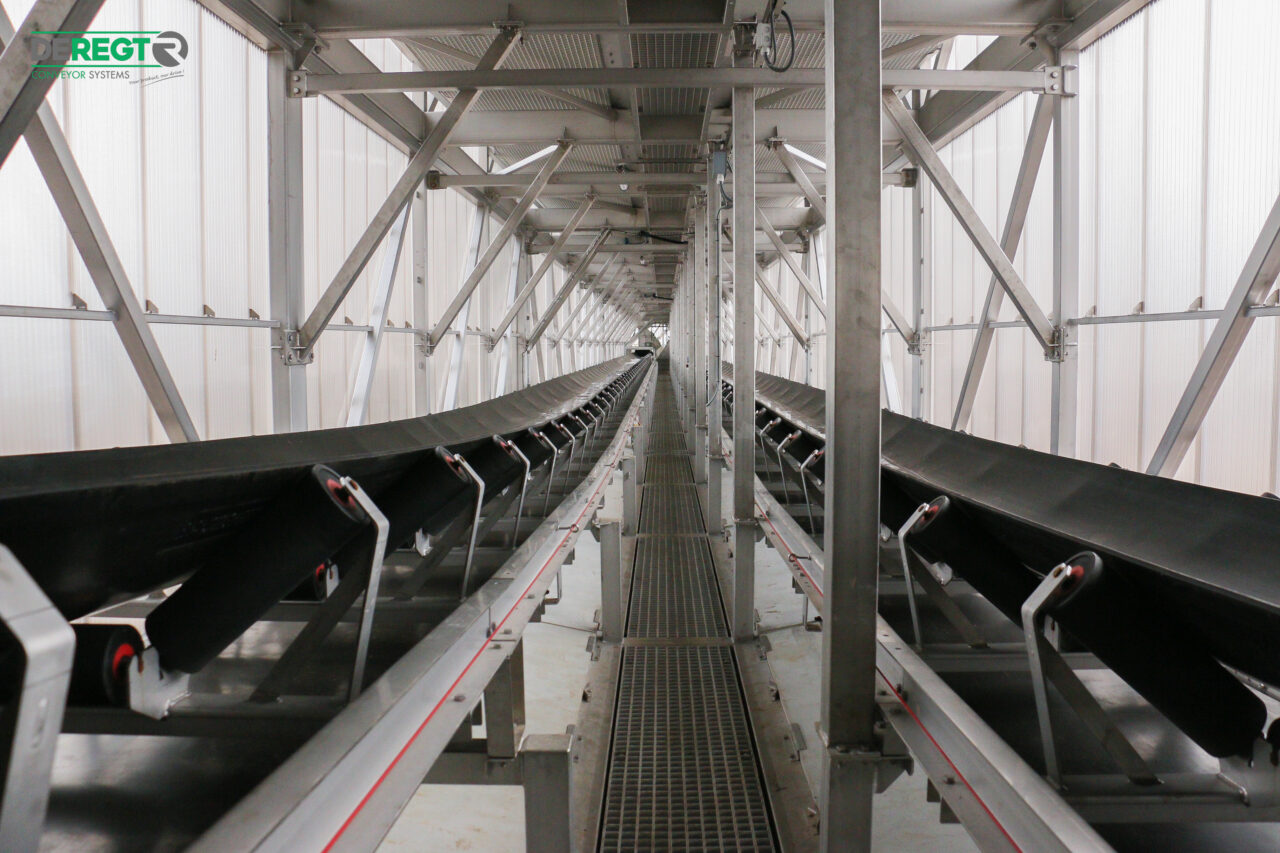
Optimal tube lengths and strengths by smart design
The weight of an 18-meter-long hollow section posed a challenge during the design process. This led to discussions about utilizing Stalatube high-strength materials.
Strategically using high-strength tubes where maximum yield strength and bending resistance are crucial, designers can calculate optimal lightweight structures. De Regt’s engineers decided to combine standard stainless steel tubes with high-strength stainless tubes.
The entire 350-meter-long structure consists of 18-meter-long tubes, with one section weighing approximately 15 tonnes. To address the forces working in the longitudinal direction several 6-meter-long truss frame supports were interspersed between the longer trame segments.
Paz Boekhout.
De Regt ordered stainless steel tubes in various dimensions. Stalatube laser-cut the tailored tubes according to the customer’s specifications.
The customer saved costs and reduced scrap during the manufacturing and installation phases by using Stalatube, which provided exact lengths and customized tube connections.
Just-in-time delivery
Keeping up with the project’s tight schedule was crucial, and any installation delays were unacceptable. The goal was to minimize disruptions to daily port operations, necessitating careful planning for the new conveyor system setup.
Material orders were strategically timed and delivered following project other activities and installation schedules during the project.
All preliminary work occurred off-site, and the installation had to proceed swiftly and according to plan. Consequently, just-in-time delivery played an important role.
Offsite, we prepared each part as ready as possible beforehand, ensuring efficient installation at the port. To minimize disruptions to daily operations, we did the installation of the new frames in a very short time period.
Paz Boekhout
The installation of four 18-meter-long structure took approximately one week at the port.
The engineers aimed to reduce connecting welds, as welding points are typically the weakest areas of a structure. De Regt’s engineers conducted welding tests to determine the optimal method, ultimately settling on MAG welding.
Minimizing welded joints improves the overall strength. Welding points are inherently vulnerable.
Paz Boekhout
Stalatube’s welding expert was also consulted, leading to the use of MAG welding after thorough testing.
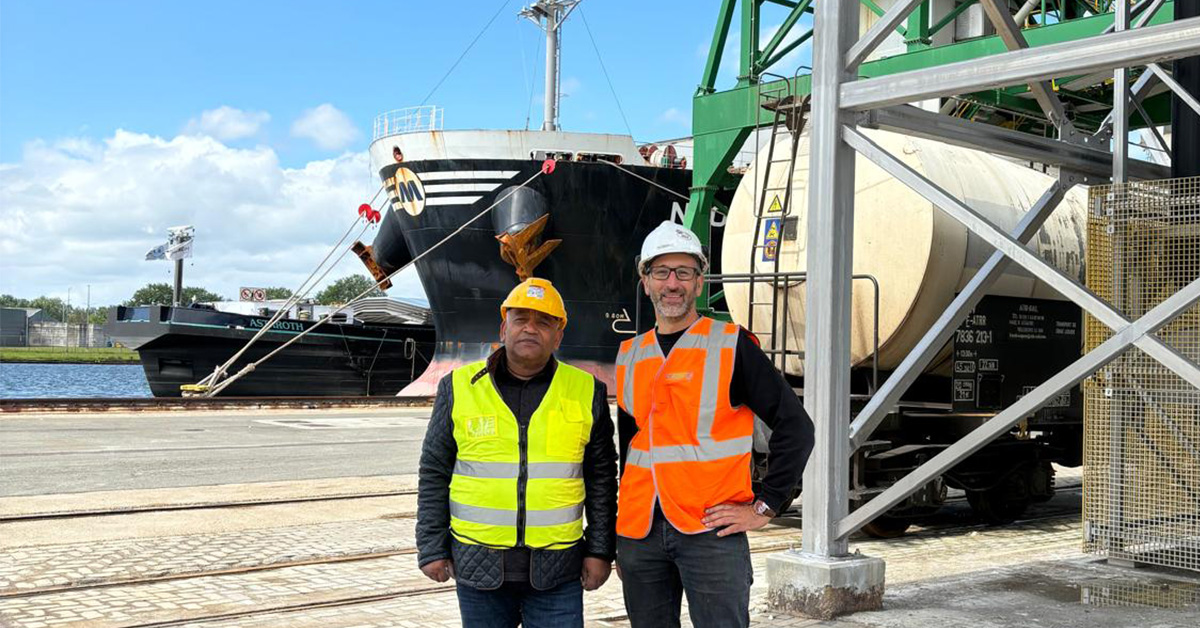
Working together for the best possible outcome
According to both Paz and Mike, the lightweight but high strength, corrosion resistance, and project support from Stalatube were the critical factors for the collaboration.
No installation delays occurred although we faced some unexpected challenges along the way that were beyond our control. Together we could solve them all.
Mike Hing
Stainless steel is considered a more expensive choice than mild steel
Together with our customer Verbrugge we see the benefits in the use of high-strength stainless steel instead of mild steel. It is a bigger investment Initially, but will last longer and pay off in the long run. Also with the smart design, we could reduce the overall costs.
Paz Boekhout
*****
Photos: De Regt
